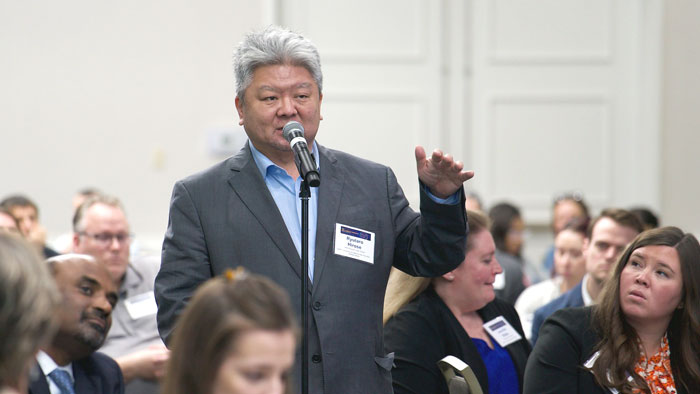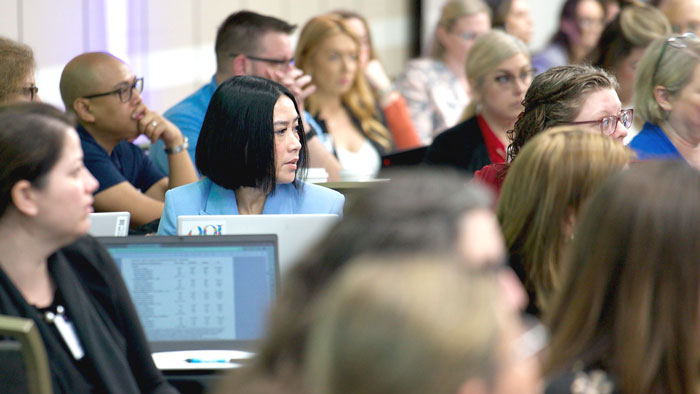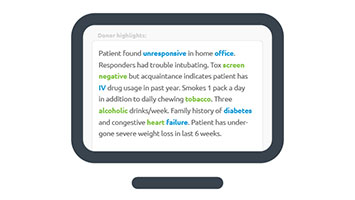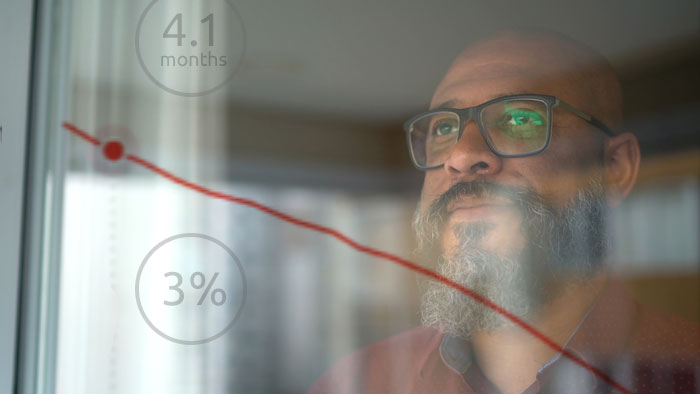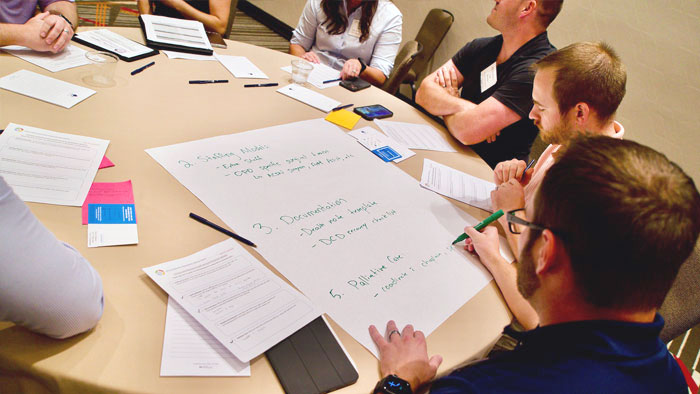Maximizing the potential of donated organs
Making it easier for transplant hospitals to say yes to an organ
Building the transplant program toolkit of the future
Every year, the U.S. recovers a greater number of deceased organ donors than in the years prior. However, not every one of those donors’ organs can be used to save a life due to various clinical and logistical reasons. In many cases, medical teams at transplant hospitals, who have the best understanding of their patients’ healthcare needs, decline organ offers. These declines could be due to concerns regarding compatibility or with the intent to wait for a higher-performing organ that may soon be made available to their patient.
As the number of available organs continues to grow, so does the rate of organ non-use, particularly for kidneys, which are recovered before being accepted. UNOS and the organ donation and transplant community, having recognized this issue, are actively developing solutions to address it. UNOS and the OPTN are working with experts in the organ donation and transplant community and in other fields to help maximize organ acceptance and ensure that suitable organs reach those in need. By empowering transplant hospital staff with innovative new tools and collaborative best practices, we can maximize the potential of every donated organ and ultimately save more lives.
Addressing organ non-use is crucial to saving lives.
Ways UNOS and the OPTN are addressing organ non-use
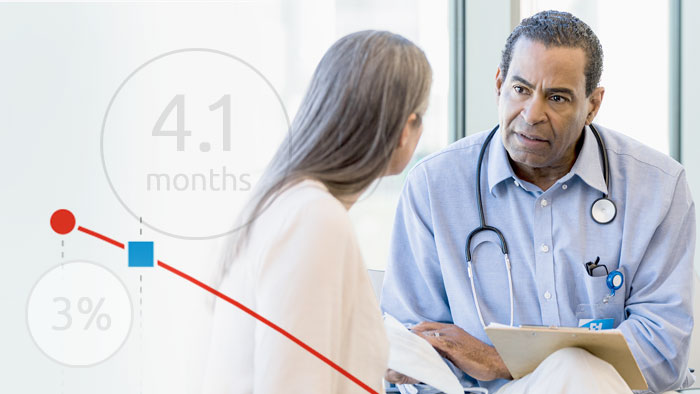
Predictive analytics
Predictive Analytics utilizes waitlist and transplant candidate data at the time of a kidney offer to project when patients would receive additional offers, along with the patients’ likelihood of survival during that time without the initial offer. This information enables transplant teams to make informed decisions about the impacts of accepting or declining an organ offer.
Transplant programs that participated in the predictive analytics pilot program demonstrated a 2.9 percentage point increase in offer acceptance compared to earlier. Learn more

Offer Filters
Offer Filters allow transplant hospitals to only receive offers that are right for their candidates and not those they are unlikely to accept. By implementing screening filters aligned with their patients’ needs, transplant programs can ensure they receive offers that are most suitable for their candidates. Simultaneously, this approach helps redirect offers for kidneys that would not be accepted by the program to other candidates who could benefit, thereby helping accelerate the organ matching process and reducing each kidney’s time spent outside the human body, which directly impacts its quality.
Over half of all kidney transplant programs in the U.S. utilize offer filters since UNOS first released the tool in January 2022. In June 2023, the OPTN Board of Directors approved a policy proposal to standardize the use of offer filters at all transplant programs, using an “opt-out” system rather than the current “opt-in” approach to increase the efficiency of the organ offer process. Learn more
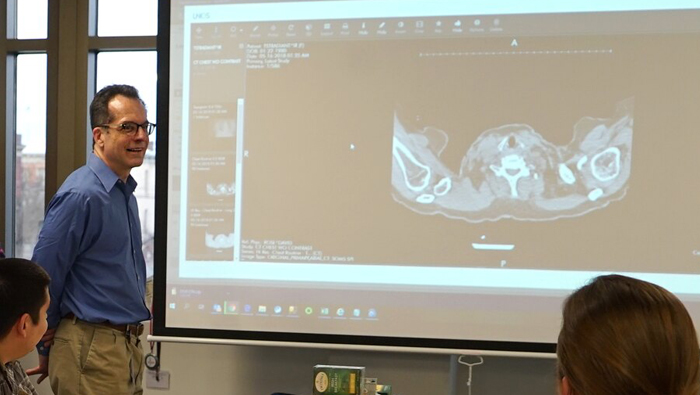
UNet Image Sharing
UNet Image Sharing is a digital platform developed by UNOS that allows organ procurement organizations (OPOs) to securely upload, view and share high-quality medical imaging studies with transplant hospitals. It is made available through UNet, the technology at the core of the donation and transplant system that powers patient registrations, donor referrals, organ matching and other essential functions used every day by transplant professionals.
UNet Image Sharing was designed with community input that included a robust pilot program and is currently used by 79 percent of OPOs. It enables quicker, more confident decision-making by surgeons evaluating organ offers, which can increase organ acceptance rates and reduce inefficiencies during the organ allocation process. Learn more
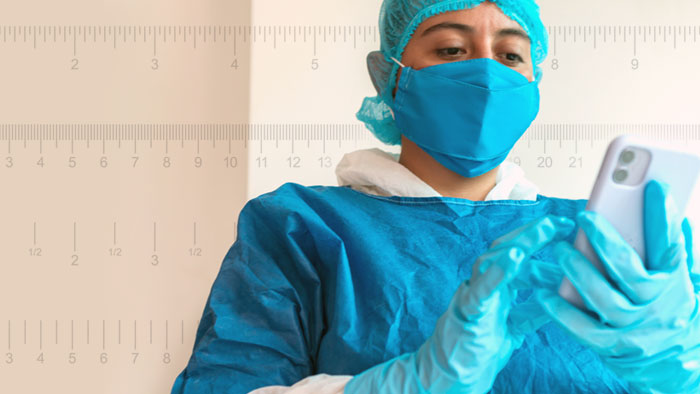
Transplant Vision (TxVx)
With the widespread use of smartphone cameras, images of kidneys are increasingly shared between recovery and transplant teams during the organ offer process. However, inconsistencies in lighting, positioning, and other factors can limit the quality of images, hindering decision-making and potentially leading to declined organs.
Currently in early stages of development by UNOS Labs and a digital product development company, Transplant Vision will leverage augmented reality technology to scan and digitally reconstruct recovered kidneys. This will help standardize high-quality organ imagery and other long-distance evaluation measurements, such as size and mass used by transplant center teams, to help determine whether to accept an organ offer. Learn more

UNOS CARE Tool
The UNOS Center Acceptance and Refusal Evaluation (CARE) tool empowers transplant hospitals to better assess their organ acceptance rates by presenting transplant teams with comprehensive data and visualizations regarding outcomes for offers they refused but others accepted. By utilizing the CARE tool, transplant hospitals can enhance decision-making, optimize organ acceptance and contribute to reducing organ non-use.
The CARE tool is one of a suite of data analytics tools and services available to transplant hospitals to help them understand their practices, improve performance and increase transplants. Learn more
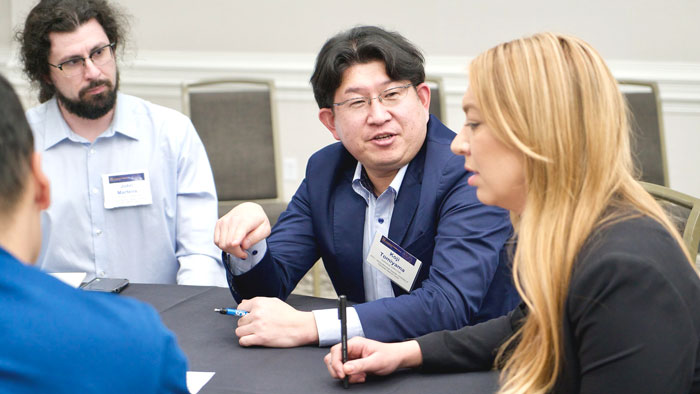
Offer Acceptance Collaborative
The Offer Acceptance Collaborative is an effort led by UNOS in its role as the OPTN. The collaborative has brought together transplant professionals from more than 80 adult and pediatric transplant programs to share effective practices and provide education on new data and analytical tools. Offer acceptance rates vary widely across the country. The collaborative seeks to bring together larger and small transplant programs from every region to learn from one another, improve organ offer evaluation and acceptance practices, and increase system efficiencies.
Long-term results stemming from this work can help inform innovative solutions to organ non-use. By maximizing the utilization potential of each organ, we can increase the lifesaving impact that each deceased donor can make on the system. Learn more
Saving more lives, together
Any organ not ultimately transplanted represents a profound loss, both for the selfless donor’s family and for the waiting patient. Addressing the issue of organ non-use is therefore crucial for maximizing the organ donation and transplantation system’s ability to save lives.
The implementation of next-generation organ matching and evaluation tools, as well as collaborative efforts to leverage them in all possible instances, will continue to play central roles in this effort.
Innovative new tools and collaborative best practices are helping to maximize organ acceptance and reduce non-use.
